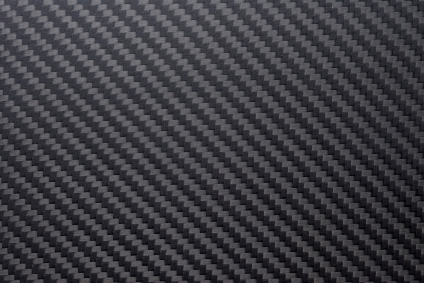Deck
Materials Used to Strengthen Your Deck

Shapers everywhere are starting to offer stronger, lighter materials that can extend the lifecycle of our surfboard decks. These new materials can also help you ride a lighter board with added flex characteristics. Gone are the days when we have to dump our toxic polyurethane boards in the trash after 9 months because of a crushed deck. Those surfers who find themselves surfing in heavier, hollow conditions will find the information below especially interesting. Heavy footed, powerful surfers may also like to know that you can now surf a stronger deck.
Kevlar
A few forward thinking surfboard shapers now incorporate Kevlar into the surfboard manufacturing process to strengthen the deck. Many shapers claim that this unique composite material is six times stronger than the typical fiberglass found on surfboards. In fact, a layer of 2 oz. Kevlar is just as strong as a layer of 6 oz. S glass, the strongest fiberglass used.
The use of Kevlar results in a lighter surfboard that is significantly stronger and offers increased compression strength without adding rigidity. This allows the surfboard to flex while extending the lifespan of the deck and protecting it from getting crushed in. The end result is a surfboard that will last three to four times longer than a standard Fiberglass/Polyester combination because its materials do not fatigue as quickly.
Average cost: $850
Bamboo
In an effort to make stronger surfboard decks that are more environmentally friendly, many shapers are turning to natural materials. Bamboo is up at the top of the list. Did you know that Bamboo is the strongest material on Earth relative to its weight? Just as important, it can be renewed in 3-5 years. From a practicality standpoint, shapers love how easily it can be molded into custom shapes and surfers love its durability.
Bamboo boards can be just as light as glassed boards while offering a much stronger product. Due to this unique weight to strength ratio, surfboards with a bamboo deck offer greater resistance to pressure dings and a greater lifespan before fatiguing. You will also be stoked to look at an aesthetically pleasing surfboard that will take you back to surfing’s roots. There are plenty of shapers mixing this material into their repertoire, so just ask around.
Average cost: $600
Carbon Fiber
The use of carbon fiber in surfboard construction offers some very powerful evidence of a ding resistant surfboard deck. Surfboard manufacturer Aviso claims to have carbon fiber prototypes built 3 years ago, ridden in over 1,500 waves without a single pressure ding to the deck, no spider cracks, and no delaminating.
According to Aviso’s website, their surfboards are 6-7 times stronger than a polyurethane board, 2.5 times more compression ding resistant on the deck and 12 times stronger on the rails. They also claim their surfboards are 1.5 times stronger than a standard Expanded Polystyrene surfboard. These hollow surfboards combine a layer of carbon fiber laid over specialized high density closed cell foam with epoxy resin to create remarkable flex memory. The fact that the materials are “waterproof” is a pretty nice benefit to consider when looking at this option.
Average cost: $1,300
A stronger surfboard deck will lengthen the lifespan of your surfboard. Technology has allowed our shapers to make a superior product while also lowering the environmental impact of our sport. Simple math: fewer boards + less harmful materials = greener industry. It’s great to see the surf community evolve while pushing the limits of performance in the water. Now you know who is doing it and how.















0 Comments